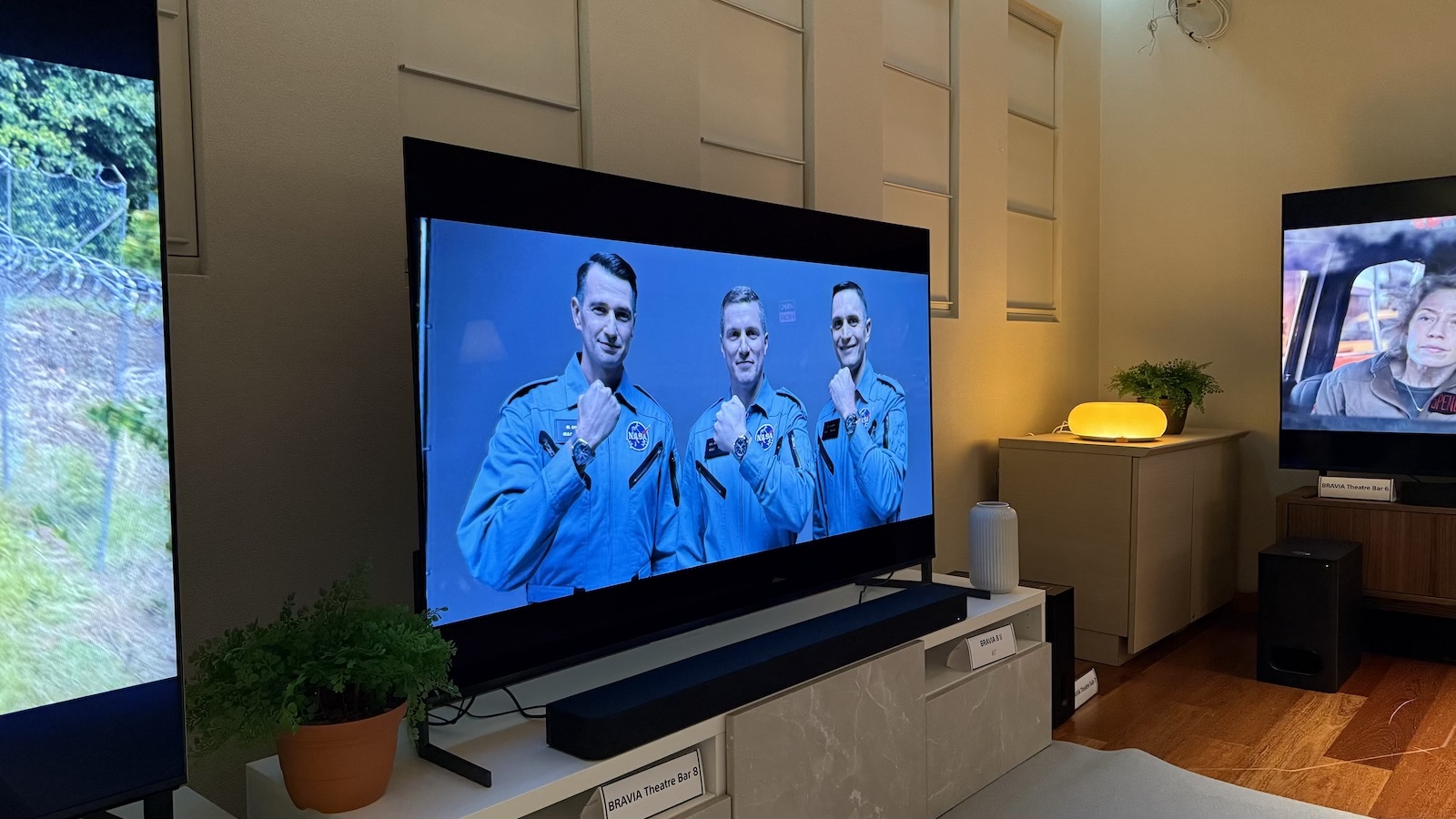
The Norwegian government released a statement announcing the move, which should allow for more national radio stations and save money.
Norway currently has space for five national radio channels on FM, whereas there are already 20 national DAB stations and reportedly space for almost 20 more. This is on top of local digital radio stations - more than half the population in Norway listens to local DAB radio already.
The transmission costs of the FM system are said to be eight times higher than using the DAB network. The Norwegian goverment expects to save NOK 200 million (just under £17 million) by making the switch.
Other advantages of DAB radio cited by the Norwegian government include tunnel reception of all channels, more robust transmitters in extreme conditions and the ability to simultaneously transmit emergency messages across all channels.
MORE: Best DAB radios 2015
Before the switch was approved, there were a number of criteria to be met. Digital radio had to "represent added value for listeners", the multiplex that carries commercial stations had to cover at least 90 per cent of the population, there needed to be affordable in-car digital radio solutions and at least half of all listeners must listen to a digital radio station daily.
There was no mention of sound quality in the debate, sadly. The bitrates of DAB stations can vary enormously, which can seriously affect sound quality compared to FM radio.
Get the What Hi-Fi? Newsletter
The latest hi-fi, home cinema and tech news, reviews, buying advice and deals, direct to your inbox.
However, it is expected many digital broadcasts in Norway will use DAB+ rather than DAB, which can deliver better quality sound thanks to the adoption of the more efficient AAC+ codec.
The Norwegian government is satisfied its conditions have been approved so the FM switch-off is now scheduled to go ahead in 2017, which will make Norway the first country in the world to turn off FM radio.
The UK has yet to set a firm date for the digital radio switchover. 2015 was mooted as a potential turn-off date back in the Digital Britain report of 2009 - clearly that's not going to be the case.
The conditions in the report for the switch-off were similar to those set in Norway: 50% of listening needed to be to digital radio, national DAB coverage had to be comparable to FM coverage, and local radio needed to reach 90% of the population and all major roads.
In December 2013, then Communications Minister Ed Vaizey disappointed many in the radio industry when he refused to set a firm date for digital radio switchover. The UK, he said, was "not ready for radio switchover... the Government simply can't wave a wand and make it happen".
All eyes will now be on Norway to see how the FM switch-off affects the popularity of radio in the country, as the rest of the world plots how to follow suit.

Joe is the Content Director for What Hi-Fi? and Future’s Product Testing, having previously been the Global Editor-in-Chief of What Hi-Fi?. He has worked on What Hi-Fi? across the print magazine and website for almost 20 years, writing news, reviews and features on everything from turntables to TVs, headphones to hi-fi separates. He has covered product launch events across the world, from Apple to Technics, Sony and Samsung; reported from CES, the Bristol Show, and Munich High End for many years; and written for sites such as the BBC, Stuff and The Guardian. In his spare time, he enjoys expanding his vinyl collection and cycling (not at the same time).
